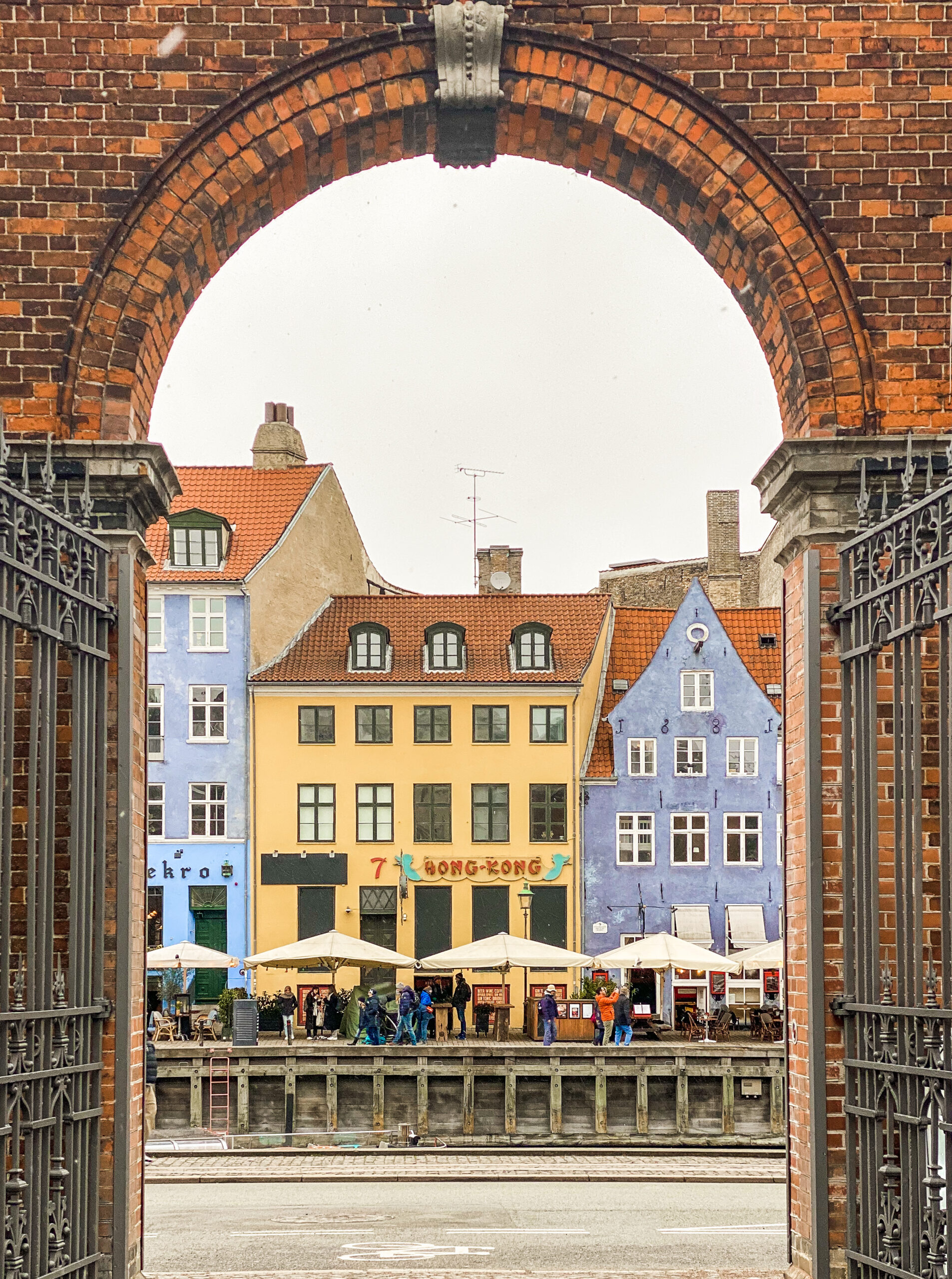
Beneath the dreary gray skies of spring in Copenhagen you’ll find simply designed, colorful row houses tightly nestled along canal banks. To my mind, Copenhagen is part Amsterdam, part Venice, and part Prague. The basic geography of the city built around canals is reminiscent of Amsterdam; the low bridges are Venetian-inspired, and the orange shingle rooftops and sharply steepled church towers reminded me of the Prague skyline.
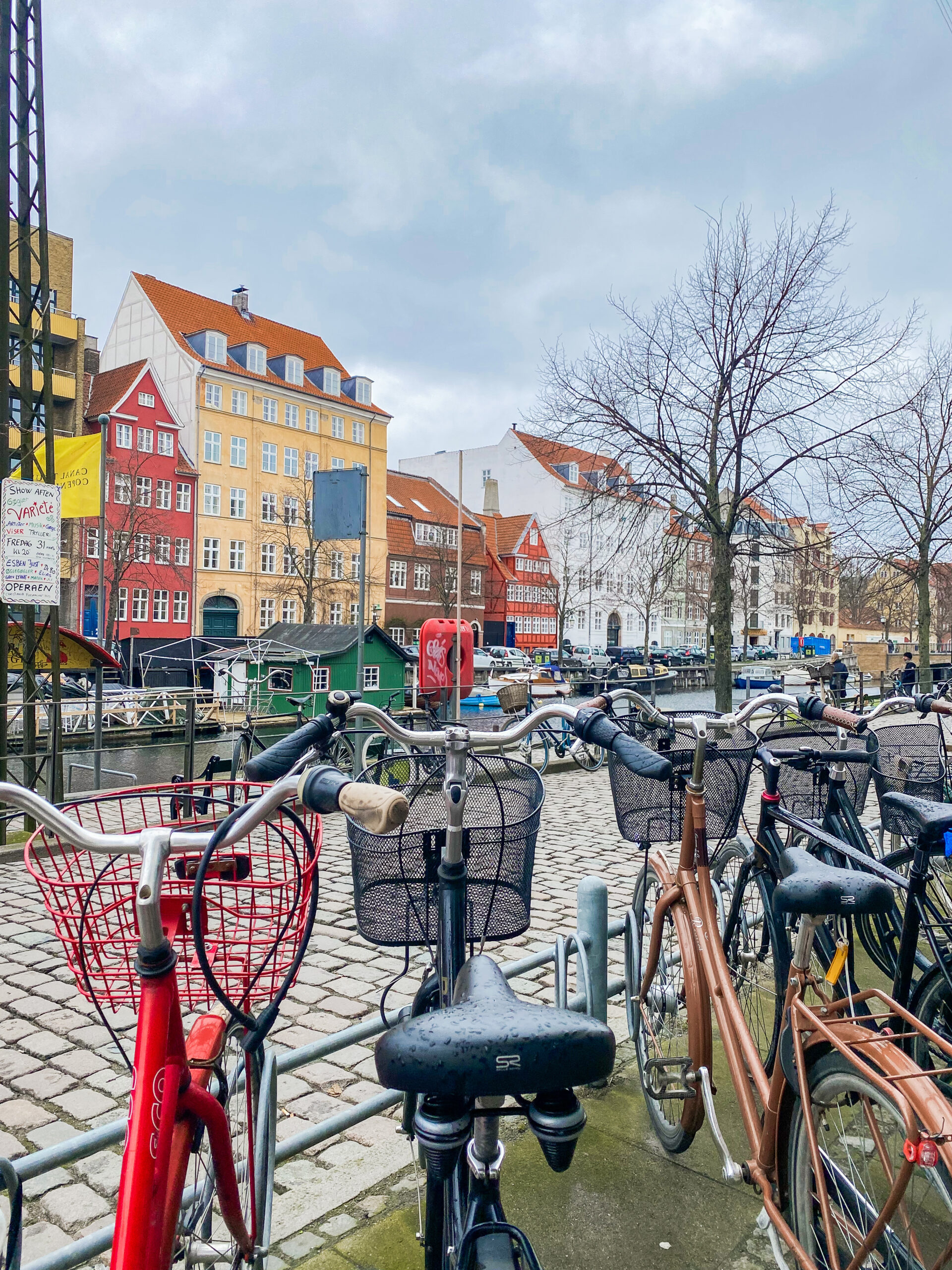
:: Getting There. From the United States we arrived in Copenhagen via a quick stop in Brussels. There are also direct flights via Scandinavia Airlines. Our taxi from the airport was quick but at $60, certainly not inexpensive.
:: Money. Euros will not work here. The local currency is the Danish Krone. At the time of this writing 1 DK is the equivalent of $0.14. Credit cards are widely accepted. You will find prices are high for virtually every aspect of life in Copenhagen. From food to hotels and shopping–Copenhagen ranks as one of the most expensive European cities I’ve been to.
:: Cuisine. While Denmark is expensive, quality matches the pricing. The “new Nordic” style of cuisine — fresh, locally sourced, farm to table selections — is simply outstanding. My travel companion for this trip was my eleven year old son so I did not have an opportunity to experience any of the many Michelin star restaurants in Copenhagen, but even dining at restaurants more palatable to the tastes of an eleven year old was extraordinary.
:: Transportation. We didn’t hop on the subway line because there was enough for us to explore within the old city itself in three days. No Ubers or taxis are needed, Copenhagen is an extremely walkable and bikeable city (if you dare). We logged over 14,000 steps on our days in the city.
What to See and Do

:: Nyhavn. Your first stop on your tour of Copenhagen is a colorful mix of tightly nestled row houses that line a canal in an area called Nyhavn. Nyhavn came about as a commercial port where ships from all over the world would dock. Nowadays this busy area is lined with restaurants and cafes and tourists milling about. Canal cruises depart from Nyhavn. Hop aboard one on your first day to get a sense of the overall layout of the city.
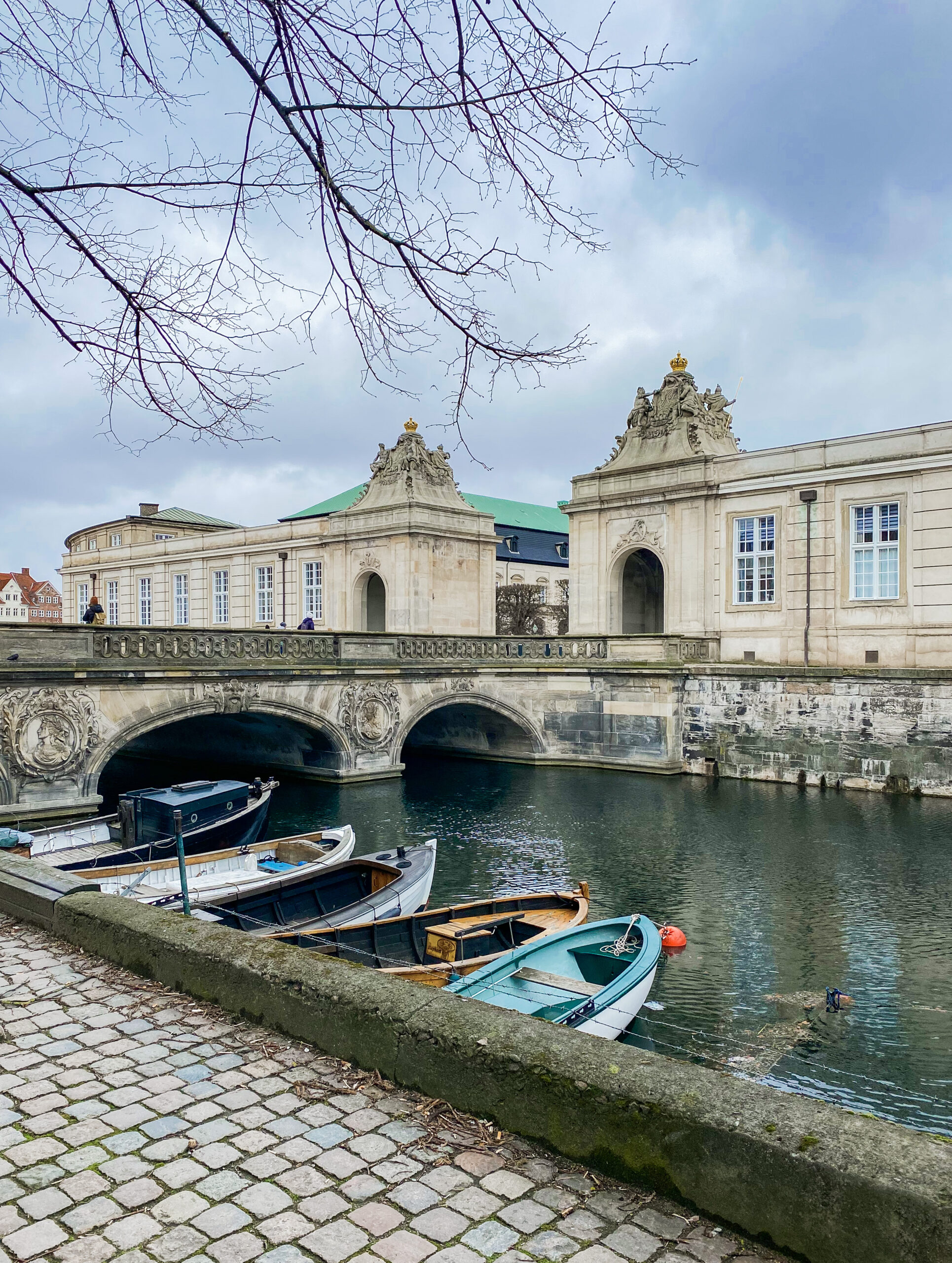
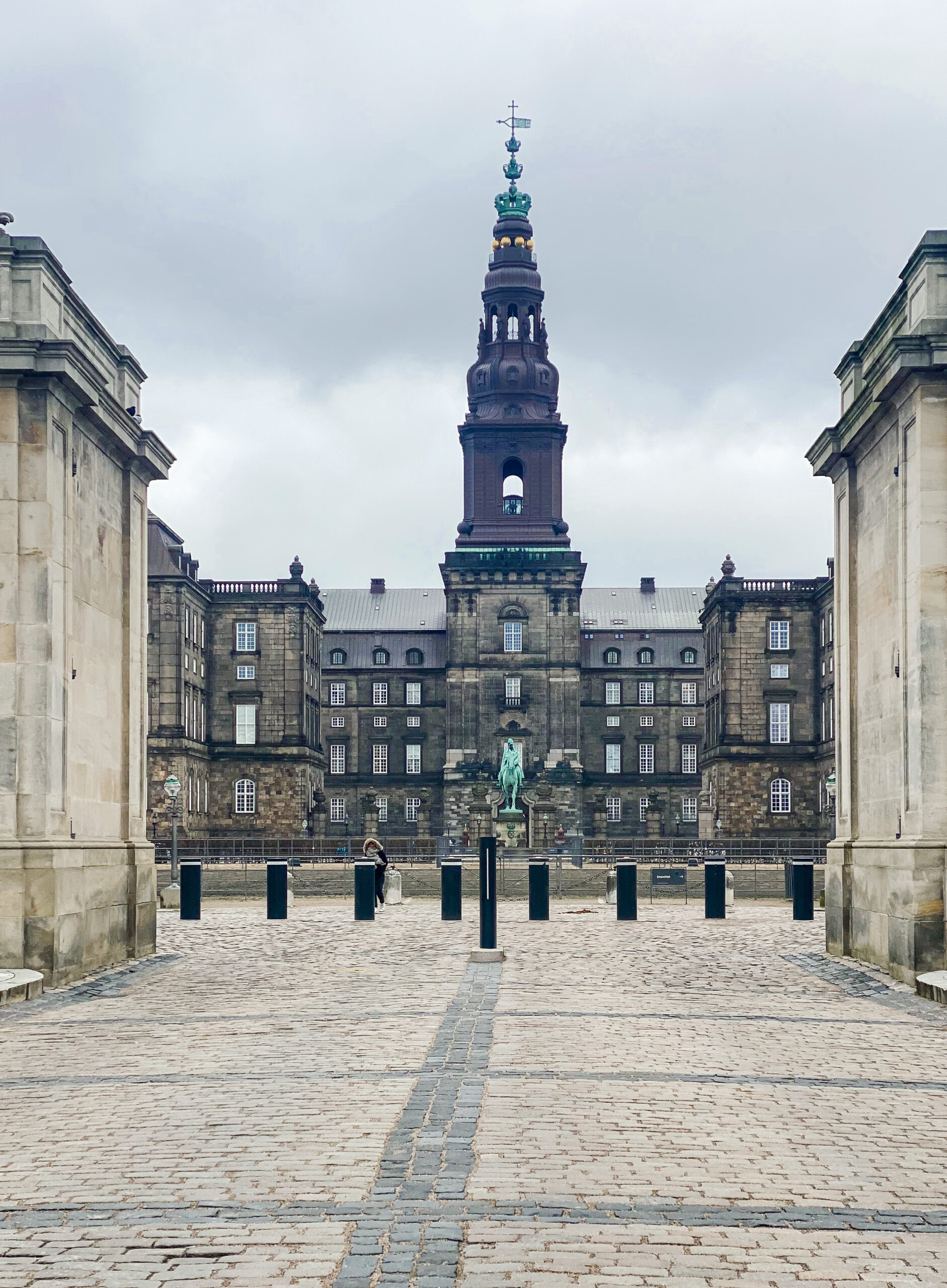
:: Marble Bridge and Christianborg Palace. About a 10 minute walk from Nyhavn is Christianborg Palace. You will pass by and cross over the striking Parisian-inspired Marble Bridge to enter the palace grounds. The Palace is the seat of Danish Parliament. It’s the only place in the world that houses the three branches of government. Several parts of the Palace are used by the Danish Monarch. Tours are offered but I don’t think they are necessary unless you are fascinated by royal interior design. The exterior grounds are beautiful and worth a walk around the grounds.

:: Stroll the Stroget and Visit the Rosenborg Castle. The Stroget is a pedestrian street in the middle of the old city. It is really just an outdoor mall full of shops. From there, head toward Rosenborg Castle — a sort of folly residence for one of the most famous Danish Kings, Christian IV. It is surrounded by a park in the middle of the old city. You can purchase a museum tour, the highlight of which is a peek at the Crown Jewels.
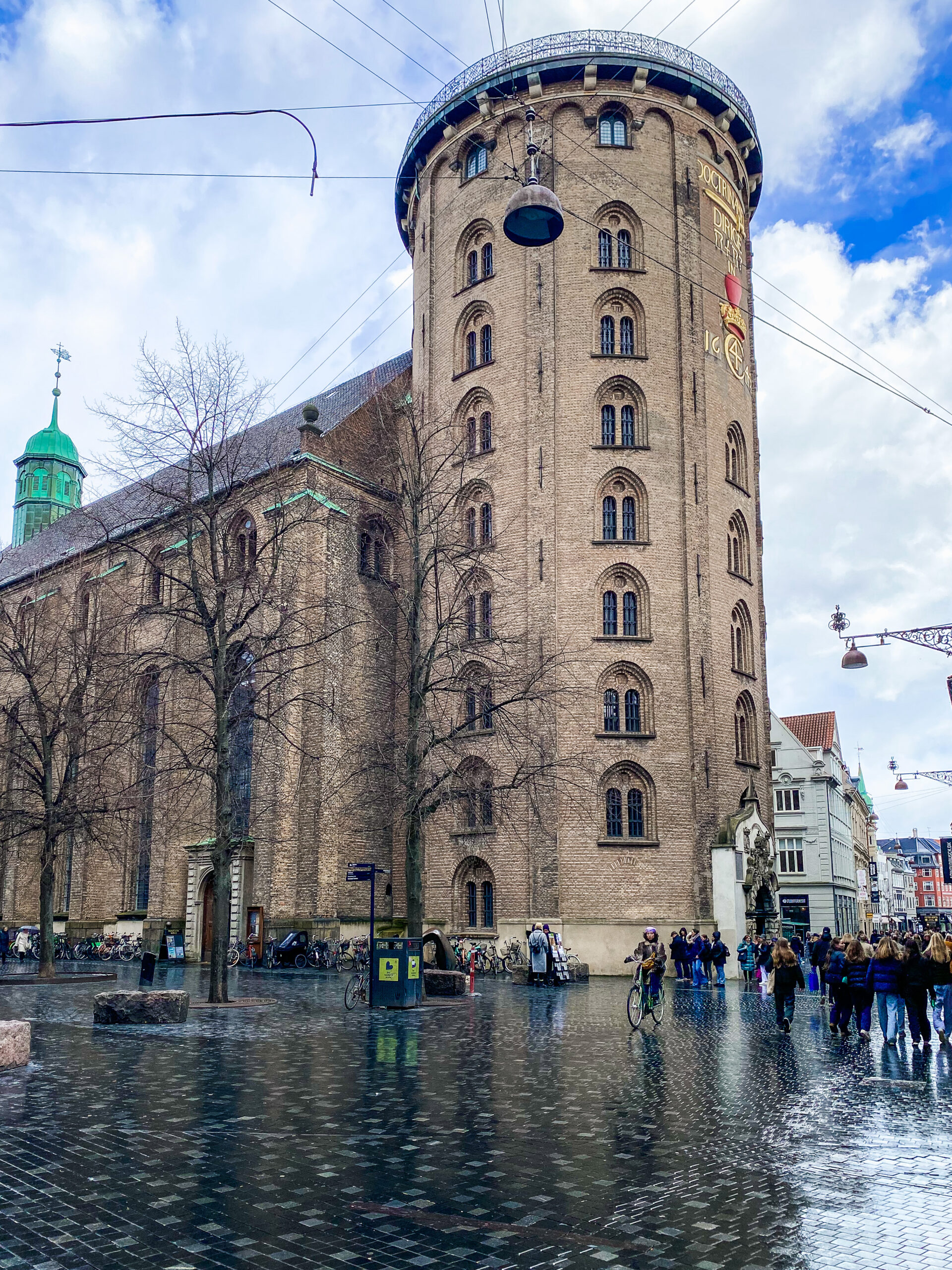
:: The Round Tower. My favorite viewpoint from the city is at the top of the Round Tower. It doesn’t look like anything special from the outside but the interior is a striking example of Danish simplicity. The beautiful lighting and simple decor make it an ideal location for pictures. Climb the spiral path to the observatory and step outside to see a birds-eye view of the city.
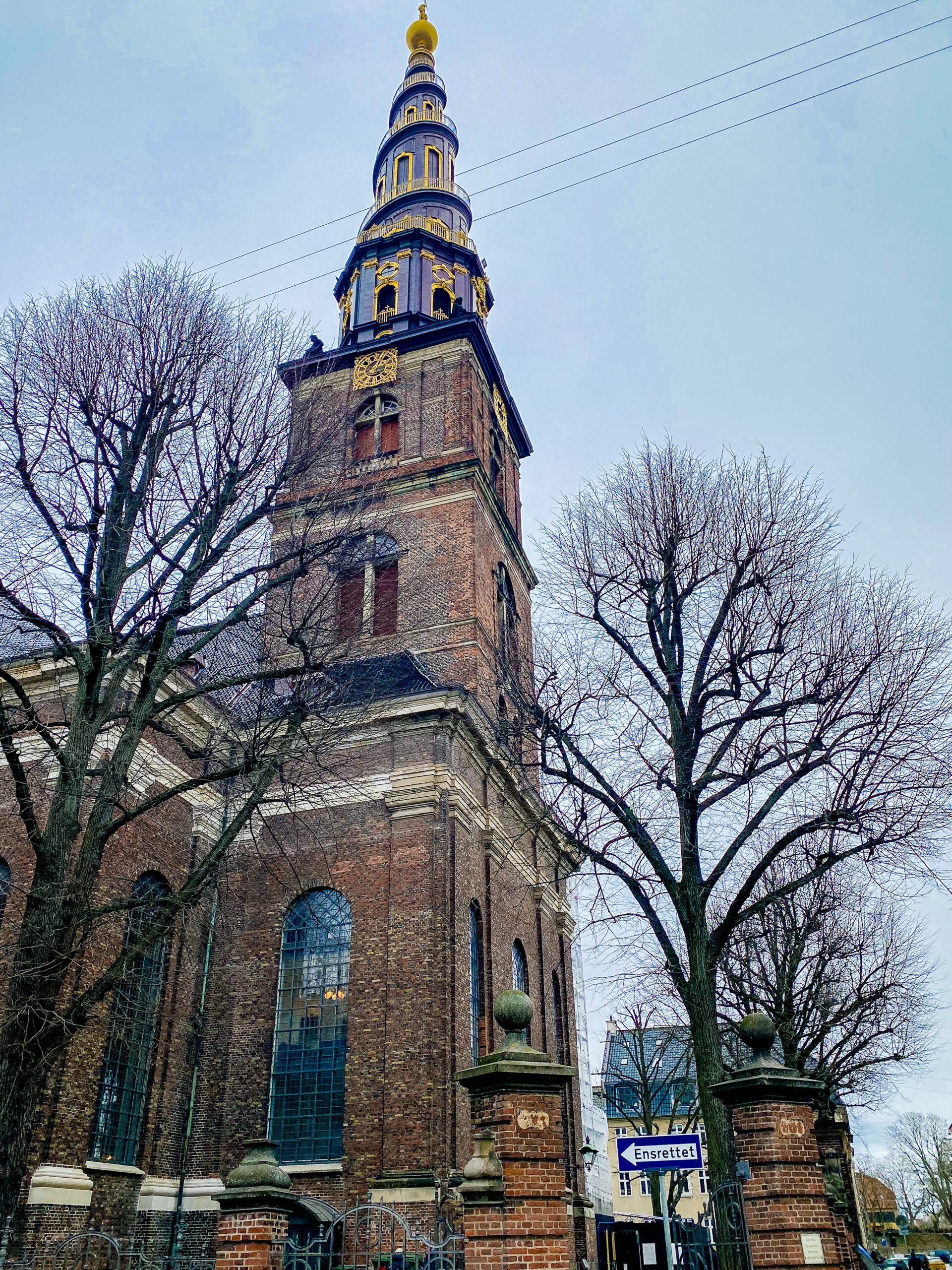
:: Walk to Christianhavn to Church of Our Savior. Christianhavn. is a cool neighborhood across a pedestrian bridge from the old city. It is also the home of the Church of Our Savior famous for its external winding staircase at the top. We climbed the church stairs past the world-famous carillon. Then we stepped outside to make our way around the winding exterior staircase. It was an exceptionally rainy and windy day but it was still worth it for the sweeping views of the city.
:: Tivoli. Tivoli was not open during our visit — we were a week shy of opening day. Tivoli is a world famous garden and amusement park in Copenhagen. No worries — just another reason to visit again. I definitely recommend a day in the park.
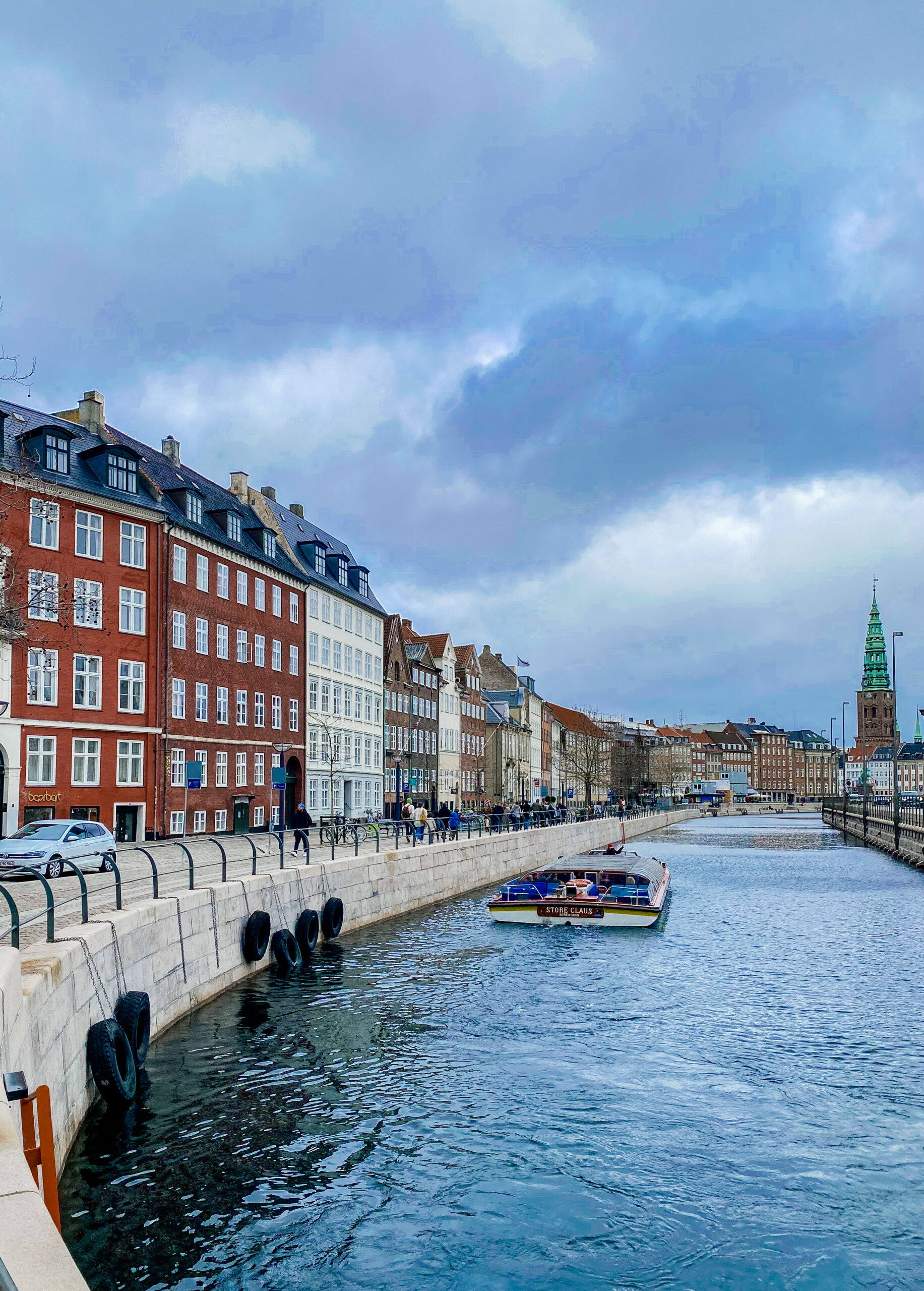
:: Castellet. We didn’t make it to the Castellet but settled for a view of it from our canal tour. It is an old fortress by the water. The little mermaid statue is nearby. To me, it wasn’t much of a draw — but many tourists enjoy snapping a picture in front of her.
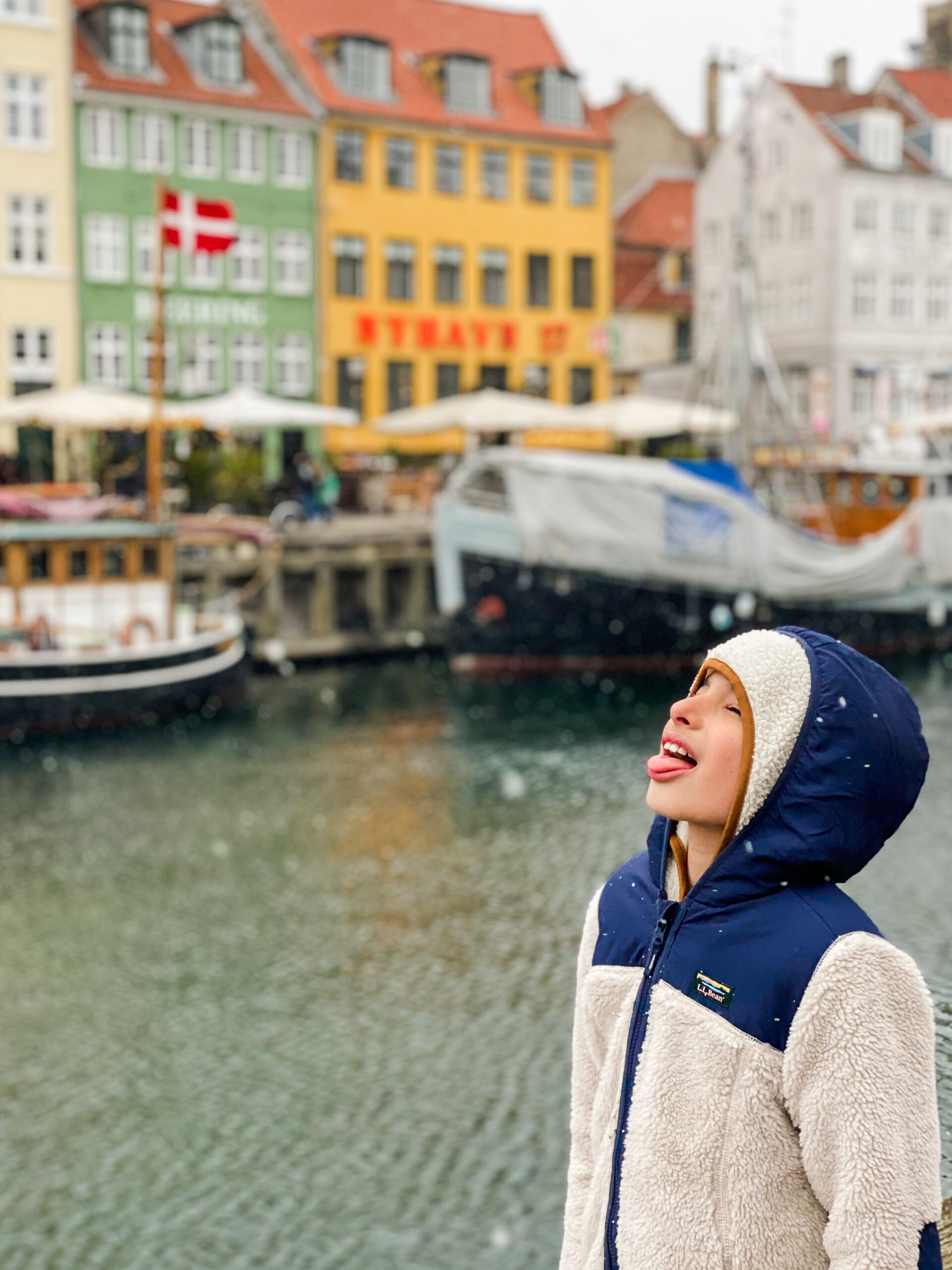
What to Eat
Copenhagen is home to the most Michelin star restaurants in the world. The new Nordic cuisine is local sourced, fresh, and absolutely delicious but expensive. On this trip we didn’t have the opportunity to indulge in high-end dining but even at the middle-of-the-road restaurants palatable to my eleven year old son, every meal was simply amazing.
:: Smorrebrod. many different kinds of this open face sandwich typical food.
:: Polsers. Their version of hot dogs, but better.
:: Weinderbrod. Of course, a visit to Copenhagen is not complete without tasting your favorite danish (called Weinerbrod in Denmark).
